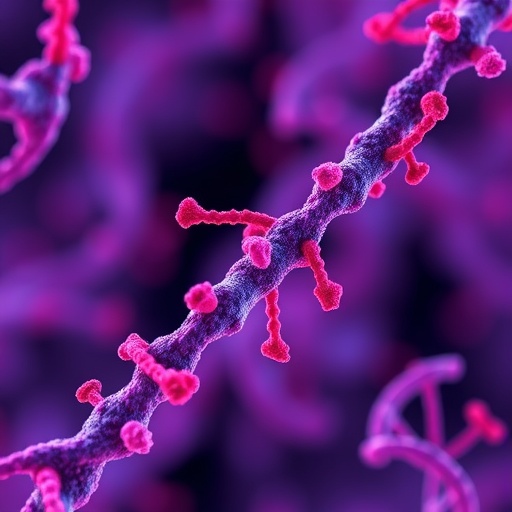CHICAGO-February 27, 2017–Results from a study published in The Journal of the American Osteopathic Association point to an urgent need for sunburn prevention among young adults, particularly those who have skin with higher melanin content. Researchers found a surprising correlation between reporting a red or painful sunburn lasting a day or more with being 18 to 29 years of age and not self-identifying as white.
Skin cancer is the most common cancer in the U.S., with five million people receiving treatment each year. The study's lead researcher, Tracy Favreau, DO, added that melanoma is the most prevalent type of cancer for people 25 to 29 years old and second most prevalent type of cancer for people 15 to 29 years old. Of the three types of skin cancers, melanoma accounts for only two percent of occurrences but nearly half of skin cancer-related healthcare costs. It is also the deadliest of the three, as it has the highest rate of metastasis.
"Osteopathic medicine is largely focused on prevention, and melanoma, the skin cancer caused by sun exposure, is imminently preventable," said Dr. Favreau, an osteopathic dermatologist in Florida, where the survey was conducted. "The concern here is that participants with high melanin content skin may think they're naturally protected from sunburn, which isn't true. We need to develop tailored sunburn prevention programs to change attitudes and reduce the risk of melanoma."
Dr. Favreau and the co-authors suspect the combination of youth and having melanin-rich skin provides a false sense of invincibility or resiliency to sunburn.
Some of the survey's predictors of sunburn seem obvious, like spending time outside during peak daylight hours or having a negative attitude toward sun protection. Others were less intuitive; for example, having a full-body skin exam or a perceived vulnerability to skin cancer.
The study explains that a timeline was not established for survey participants. It could be that those who had serious sunburn were then more likely to get a full-body skin exam and feel more vulnerable to skin cancer.
Osteopathic medical student and lead author Sergey Arutyunyan, MS, said that the whole-person approach to patient care, a primary tenant of osteopathic medicine, led him to think about how to better disseminate information about the risks of sun-exposure and skin cancer.
"Technology presents effective opportunities to reach people where they are, in ways that will resonate with them personally," he said, referencing location-based apps that send reminders about sun exposure. That existing technology can be triggered by an amalgam of factors, including time of day, specific geographic regions or self-identified skin type.
However, apps don't change attitudes, the most critical component to reducing sunburn.
"To more closely target younger people, we may need an app that gamifies sun protection and rewards taking precautions. Simply warning of the danger is not having an effect."
###
About The Journal of the American Osteopathic Association
The Journal of the American Osteopathic Association (JAOA) is the official scientific publication of the American Osteopathic Association. Edited by Robert Orenstein, DO, it is the premier scholarly peer-reviewed publication of the osteopathic medical profession. The JAOA's mission is to advance medicine through the publication of peer-reviewed osteopathic research.
Media Contact
Jeff Brennan
[email protected]
312-202-8161
@aoafordos
############
Story Source: Materials provided by Scienmag




